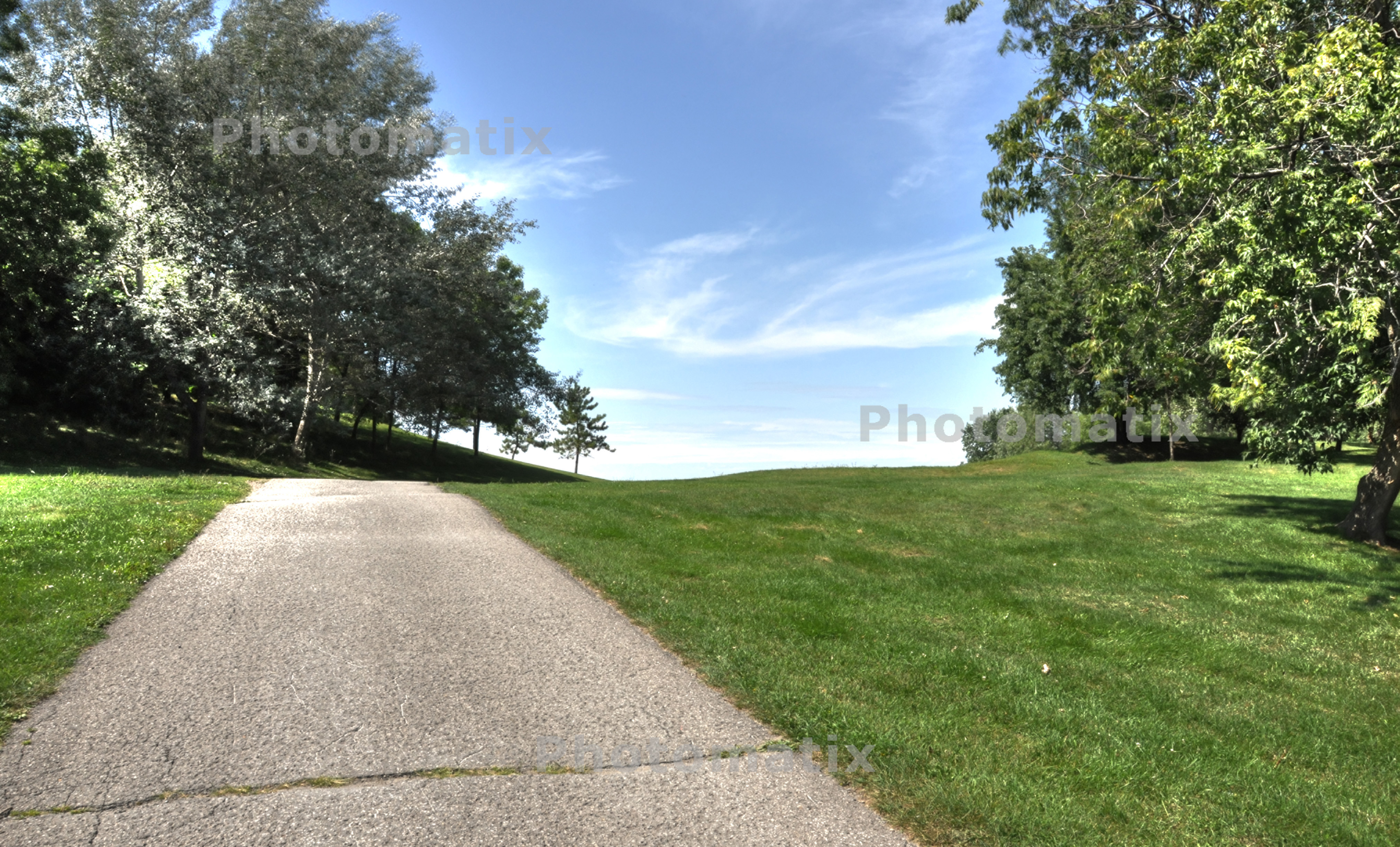Today depression is recognized as a serious health condition that needs medical care and attention. It is more than just feeling unhappy or fed up for a few days. Everyone goes through episodes of feeling a bit down, but depression is more than that. Depression is a persistent feeling of sadness that lasts weeks or months, and sometimes even longer. Depression is not something you can just “snap out of,” like some people think. It requires support, correct treatment and time to fully recover. In this article we’ll take a look at the symptoms and causes of depression and also take a look at how blue light therapy can help.

Symptoms
The symptoms of depression vary in different patients, and can manifest in psychological, physical and social ways. In general, depressed patients feel hopeless, sad and experience a loss in interest of previously enjoyable things. These feelings persist for weeks or months and tend to interfere with daily life. Other symptoms include:
• Low self esteem
• Feelings of guilt
• Tearfulness
• Loss of motivation
• Feeling irritable
• Difficulty making decisions
• Suicidal thoughts
• Anxiety
• Aches
• Change in appetite
• Slower movement than usual
• Disturbed sleep
• Lack of energy
• Changes in the menstrual cycle
• Avoiding social activities and contact with friends
Causes
In many cases of depression, the symptoms are not brought on by any one reason. There are many different triggers, and multiple factors can influence how you feel. Some of the common causes of depression include:
Stressful events: Stressful events include the dissolution of a relationship or bereavement. These events put people at higher risk for becoming depressed, especially if they try to deal with the problem on their own.
Personality: Some people are more prone to depression than others, based on certain personality traits such as low-self esteem or being hypercritical of oneself.
Illness: If you have a life threatening or long standing illness, you are at higher risk of depression. Head injuries are also a cause of mood swings and emotional problems – even minor head injuries.
Family history: If you have a family member who has depression or has suffered in the past, you are more likely to develop depression as well.
Loneliness: Being cut off from your friends and family increases the chances of depression.
Birth: Some women develop postnatal depression after giving birth due to the big physical and hormonal changes in the body as well as new life responsibilities.
Alcohol and drugs: Some patients try to cope with difficulties by turning to drugs and alcohol, but this can cause a spiral of depression.
Seasons: Some people develop depression during winter months when there is not enough light. This type of depression is known as Seasonal Affective Disorder (SAD).
Blue light therapy
While it may take a combination of treatments to overcome depression, one safe option is to use blue light therapy. These lamps give off light that is similar to the light from sunshine. The light hits the retina and stimulates the hypothalamus, which in turn increases production of important chemicals in the body such as serotonin (which regulates the mood and appetite) and melatonin (which regulates your sleep). Blue light therapy is particularly effective for people who suffer from Seasonal Affective Disorder (SAD) during dark winter months.

